Deforestation
Deforestation is one of the biggest environmental threats of our time. The Amazon is the world’s largest tropical rainforest in the world, providing approximately 20% of the globe’s oxygen.
The Amazon has the greatest biodiversity of the planet. Situated at the edge of the Amazon, Maranhão is not only one of the poorest states in Brazil but also has one of the highest deforestation rates due to easier road access. However, indigenous reserves like that of the Guajajara, have proved to be the best protection for the forests in Brazil with much lower deforestation rates in comparison to non-indigenous territories.
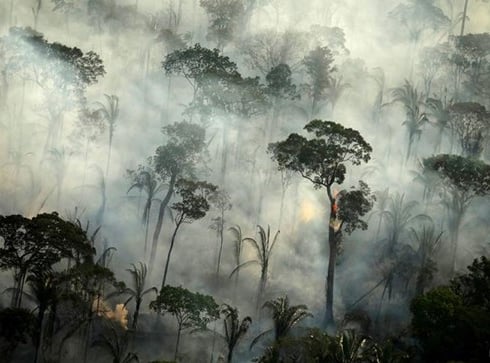

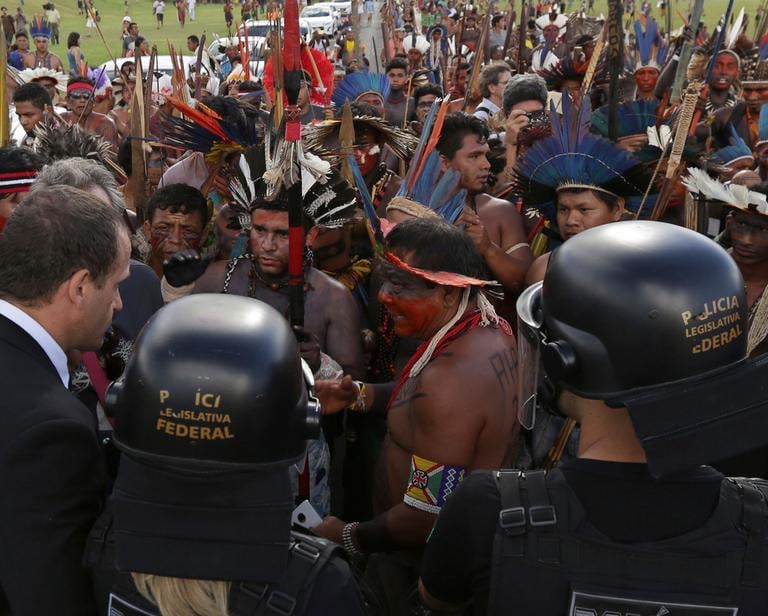

Indigenous people under threat
The situation for indigenous people in Brazil has changed dramatically since the arrival of the Europeans in 1500. Today there are around 850.000 indigenous people in Brazil, distributed among 305 ethnic groups.
The 1988 Brazilian Constitution recognises indigenous peoples' right to pursue their traditional ways of life and to the permanent and exclusive possession of their "traditional lands", which are demarcated as Indigenous Territories. In practice, however, Brazil's indigenous people still face a number of external threats and challenges to their continued existence and cultural heritage. Since the 1980s there has been a boom in the exploitation of the Amazon Rainforest for mining, logging and cattle ranching, posing a severe threat to the region's indigenous population. Settlers illegally encroaching on indigenous land continue to destroy the environment necessary for indigenous peoples' traditional ways of life, provoke violent confrontations and spread disease.
Political situation today
With the election of president Bolsonaro in 2018, the deforestation reached alarming heights. Bolsonaro also made big steps to weaken environmental protection and indigenous rights in Brazil.
With the election of president Lula in 2022 there is some new hope, since Lula promised to protect the Amazon rainforest and indigenous rights. Sonia Guajajara, who has her roots in the Arariboia territory, has been elected as the first ever indigenous minister of the country.
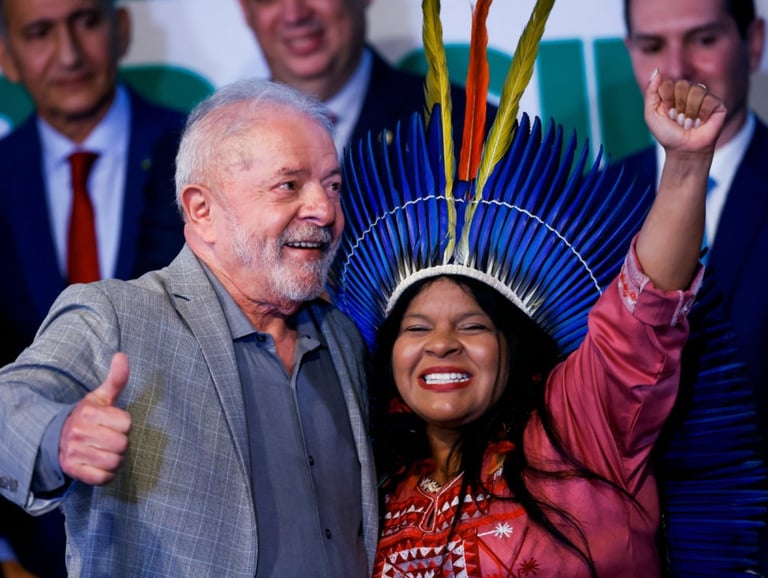



The Guajajara and the Awá
The uncontacted Awá are located in the indigenous territory Araribóia in Maranhão and share their land with the Guajajara people. Their numbers in the area are estimated to be around 80 people. They are a nomadic tribe who require large areas for hunting and gathering. According to the NGO Survival International the Awá are considered one of the most threatened people on the planet due to frequent invasions into their territories.
The Guajajara are one of the most numerous indigenous people in Brazil with a population of around 24.000, settled in several indigenous territories in the state of Maranhão. In the film we focus on Araribóia. About half of the territory has already been deforested or burned down, to the extend that hunting becomes virtually impossible in the deforested parts.
Forest guardians
The Guajajara forest guardians are one of the first indigenous people in Brazil who started their own environmental defence group. In their indigenous territory extracting timber, hunting and settlements by outsiders are prohibited by law. Despite that, there are frequent invasions and deforestation because the Brazilian government fails to act to protect the indigenous territories.
There are nine regions within the territory with 15 guardians each, making a total number of 135 guardians who voluntarily patrol the forests. Often they have to travel large distances by motorbike and on foot to reach illegal logging hotspots. Their main obstacles are poverty, a lack of support and threats by loggers. There is no phone signal inside the reservation and only a few places with a weak internet connection making communication and organization between the different regions difficult.
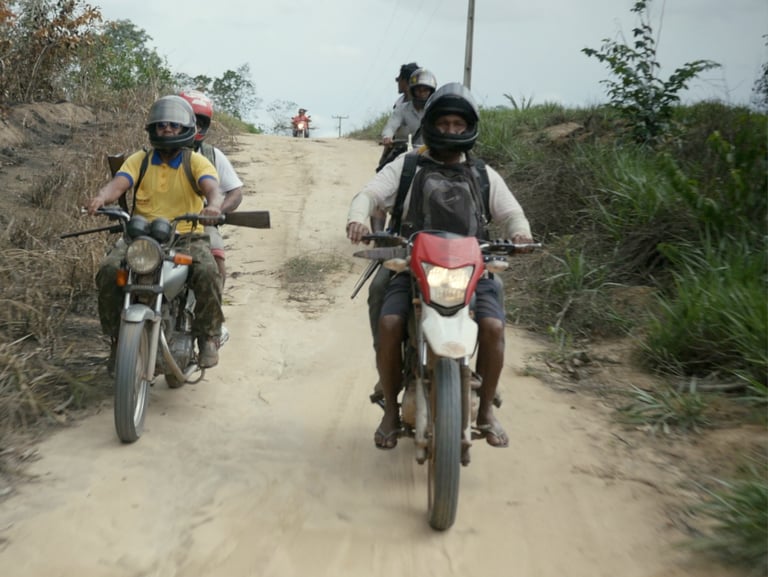


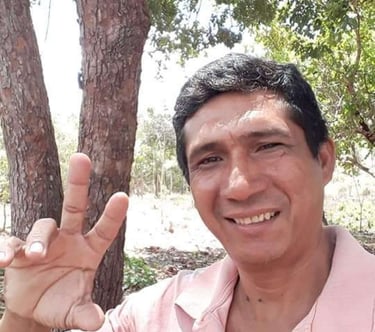
Impunity
The Guajajara people, as well as many other indigenous groups in Brazil, face discrimination and threats. Murders, deforestation and illegal hunting go unpunished.
Two people we filmed have been murdered in the last few years. Paulo Paulino Guajajara was one of the most active forest guardians and plays also a part in the film. Zezico Guajajara (to the right) was an important leader, teacher and supporter of the forest guardians. Most of the time he felt too threatened to leave his village and eventually was murdered on a dirt road on the way to a town outside the indigenous territory. The murderers have not been found until today.